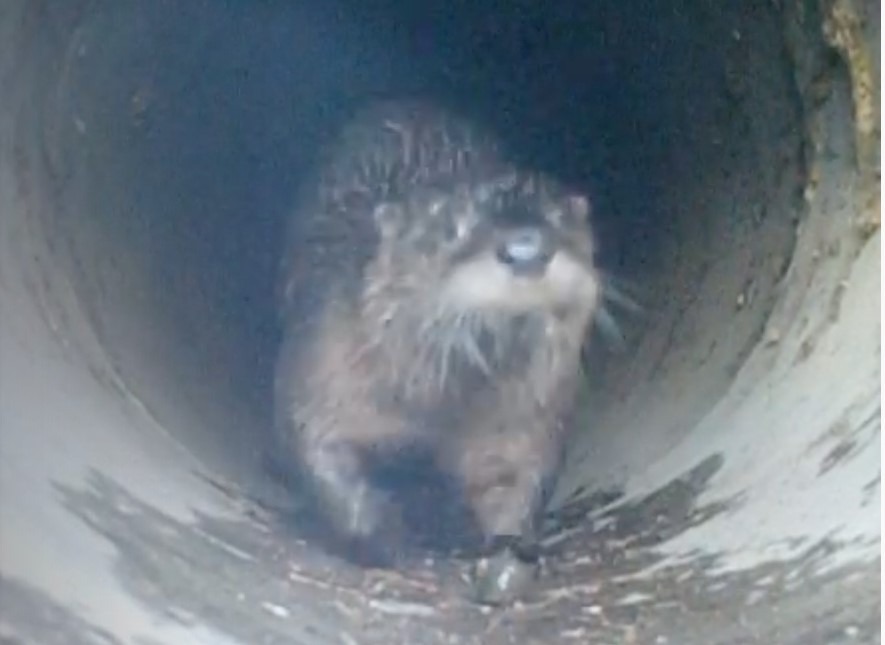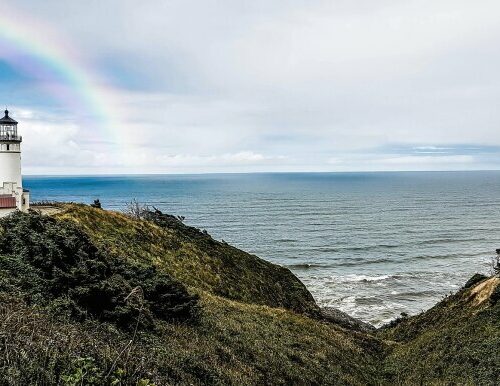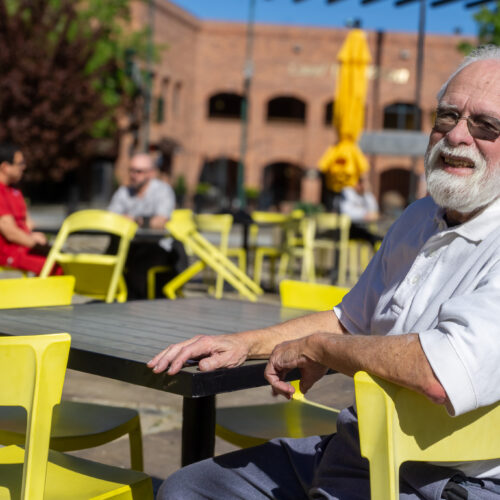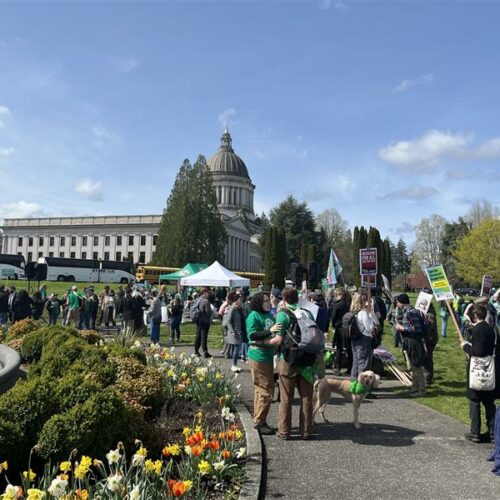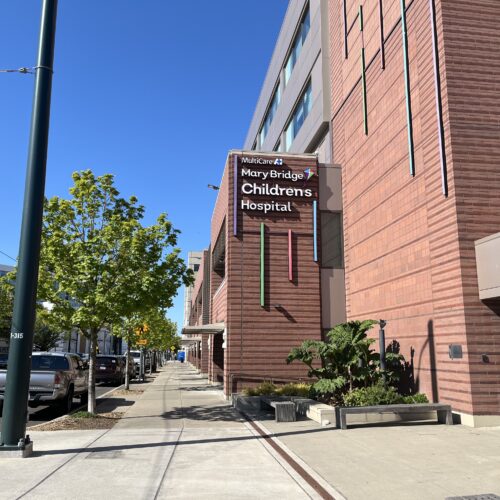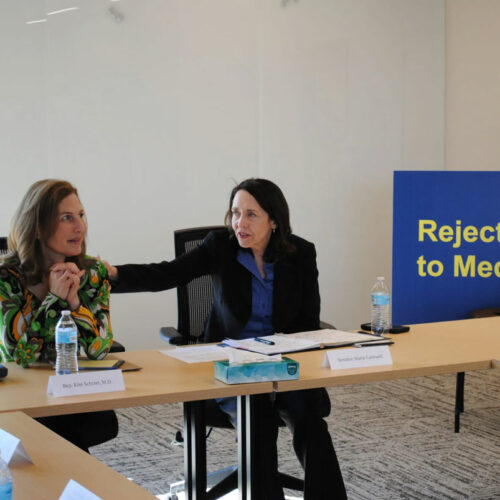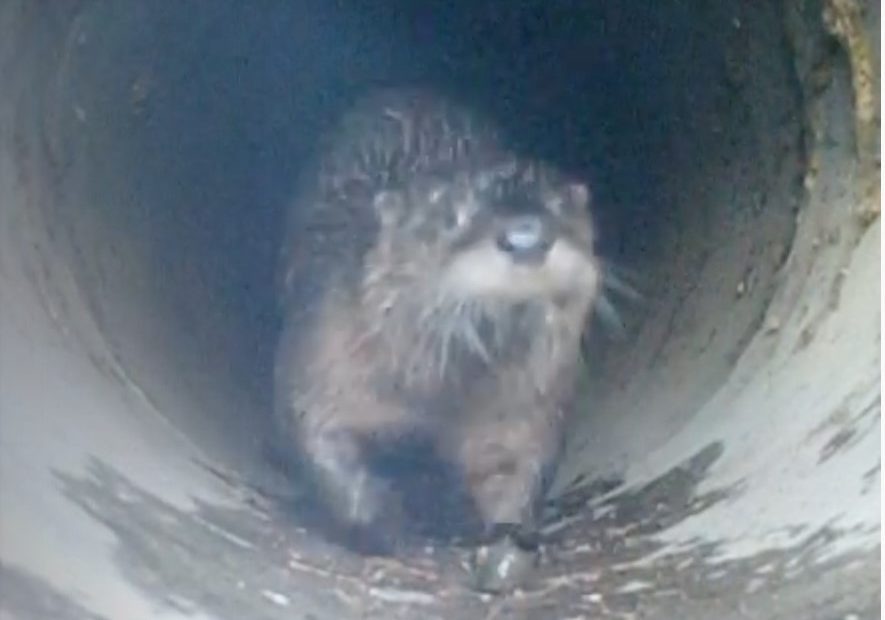
In Toppenish, A Trail Cam Zooms In On Unique Learning Opportunity For Yakama Nation Students
Listen
Jordan Ashue didn’t think he’d be spending his spring freshman year watching otters on a computer screen.
“I was usually stuck in my room for hours at a time trying to record animals,” Ashue says. “One time, one video was so long I ended up having to sit there for almost the entire day.”
When the pandemic hit, he’d signed up for an environmental science class at the Yakama Nation Tribal School in Toppenish. It’s a new, grant-funded course that also weaves in traditional knowledge. Instructors hope it will encourage more tribal students to work in the Yakama Nation’s Natural Resources department or another related field.
Now that students couldn’t gather to study the ecosystems around them, the instructors had to pivot quickly. With the help of a former student, they set up trail cameras to help the class monitor wildlife.
That’s how Ashue, 15, found himself sitting in his room, hours on end, counting otters and beavers and feral cats. For him, the distance learning was actually pretty cool.
“I think it’s a lot easier because a lot of things are at your fingertips,” he says.
The nine trail cams monitored a small patch of urban forest surrounding a pond. “We’ll generously call it a pond,” jokes Jessica Black, who also runs Heritage University’s EnvironMentors program.
The site is situated on a corner just across Highway 97 from the school grounds.
They thought they’d be lucky enough to capture some wildlife. (The pond had previously been home to two, long-gone beavers. The female was killed by passing cars, and the male caused a ruckus at Toppenish High School a few years ago when he wandered over to the fields, Black says.)
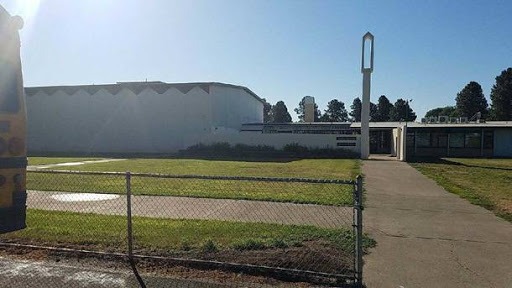
The Yakama Nation Tribal School in Toppenish has students in 8th through 12th grades. Courtesy of YNTS
But, they didn’t know how lucky they’d get.
“Shocking – and I do mean shocking to everybody – there’s a lot of critters there,” Black says.
“So exciting,” chimes in instructor Stephanie Cowherd, who works with the Portland-based non-profit Ecotrust.
The students and instructors had walked around the site just before everything closed down. That’s when Black spotted some wood shavings – a telltale sign of beavers.
“I was like, ‘Don’t those wood shavings look kind of fresh?’ We were like, ‘No, (the beavers) were killed long ago. No.’ And then, there they were. Everybody has just gotten so excited. Everybody. The kids. Us,” Black laughs.
It’s good news for the Yakama Nation tribal council, too, she says. There’s a lot of interest in using beavers to restore streams and floodplains, Black says.
Traditional Teachings
Those sorts of traditional teachings aren’t always available in public STEM education. Cowherd, who is a San Carlos Apache tribe member, says the first time she had a teacher of color was in her high school calculus class junior year.
“I always knew it was different where I was growing up. I was this brown native kid, and the only other native kid at the school was my sister,” Cowherd says. “If I had seen other native educators, I would have been like, ‘Oh, cool. I can do that.’ They’re like me. They get it.”
It’s different at the Yakama Nation Tribal School, but the students say this was inspiring to learn from so many mentors and instructors in different scientific fields.
Student mentors from Heritage University also helped as a part of its EnvironMentors program. The class consisted of intergenerational mentors, Black says. Those running the class mentored Heritage University students, who in turn guided the high school students with their final research projects. The high school students say those lessons were invaluable.
“I don’t know if I’ve ever seen more Native educators and – especially Yakama educators and mentors – in the same room, at least in my professional experience,” Cowherd says.
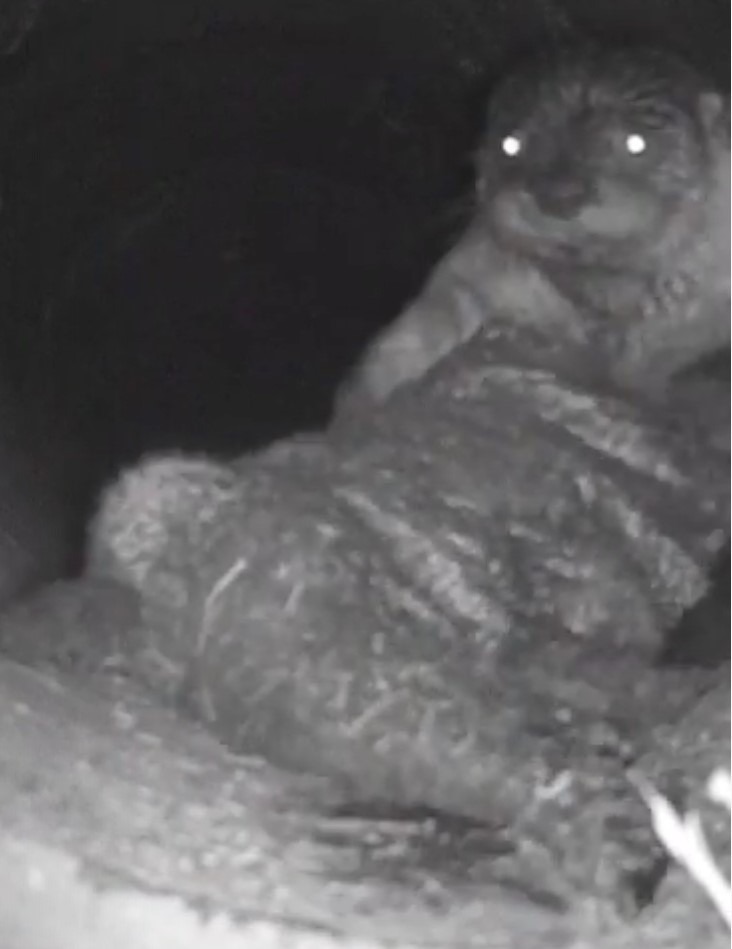
An otter on a trail camera underneath Highway 97 in Toppenish is just one of the animals and creatures Yakama Nation Tribal School students monitored.
Historically, the Yakama Nation Tribal School was a school “of last resort,” says principal Adam Strom, where students came after they could no longer attend other area schools. That’s changing. He says courses like this are a big reason why.
“(This class provided) engagement to meet the students and their needs and relevance in their education. I thought it provided the opportunity when we talk about career pathways for Native Americans,” Strom says.
Achievement Gaps
Numerous studies have shown there is a large achievement gap for Native American students. In Washington’s most recent National Assessment of Educational Progress report from 2015, Native American and Alaska Native students had an average science score in eighth grade that was 34 percentage points lower than white students.
During the 2018-2019 school year, 24% of Native American and Alaska Native students who took state science tests received a score high enough to meet standards for their grade level. That compares to 54.4% of white students.
Strom is hoping to close that achievement gap for students who attend the Yakama Nation Tribal School.
“We would like to push higher learning. We would like to push college, trade school, whatever the case may be. At the same time, we have Yakama Nation forestry. We have Yakama Nation Fisheries. We have Yakama Nation wildlife,” Strom says.
Those technician spots are often filled by people who aren’t Yakama Nation members. Instructor Jessica Black hopes classes like this gets students interested in filling those positions.
“This is also driven by needs and statistics, that the tribal workforce needs to be developed,” Black says. “To get a more highly skilled tribal workforce, you have to put in the time and the effort and build, with programs like these.”
The experimental class was co-funded by Ecotrust and Heritage University’s Center for Indigenous Health, Culture & the Environment. Black says she isn’t sure what funding looks like for next fall, but the instructors say they would like to continue a similar class, if possible.
Student Jonas ScabbyRobe says he wants to keep learning about nature, even after he’s wrapped up his freshman year.
Although ScabbyRobe, 16, wants to become a doctor one day, he says the mentorship this class provided was invaluable. It was a necessary check-in and time to socialize with the mentors and students.
“It felt like home,” he says. “It made me feel happy and joyful all the time. I wanted to be like (the instructors): happy and outgoing.”
They wouldn’t let students fail, he says. And they got him to think in different ways, about nature and the animals he studied in Toppenish.
“I believe I will take most of the knowledge that they’ve taught me, he says. “And I will most likely try to spread that knowledge to give people an idea on what’s going on.”
Related Stories:

Yakama Power looks to alternative energy storage projects
A transmission line silhouetted by blue sky. The Yakama Nation is planning a new sort of battery, called advanced rail energy storage. (Credit: Austin Taylor / Flickr Creative Commons) Listen
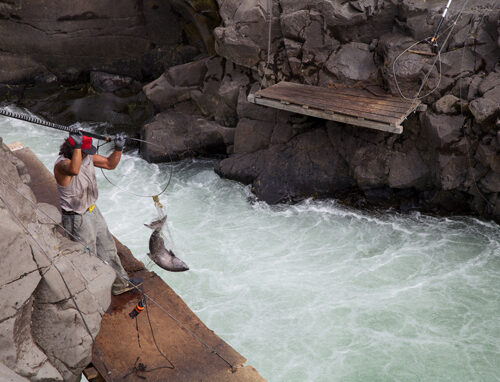
Fish hatchery transferred to Yakama Nation, upgrades underway
Yakama Nation tribal members fish in the Klickitat River for fall chinook salmon. The Yakama Nation recently gained ownership of a fish hatchery on the river. (Credit: USFWS – Pacific
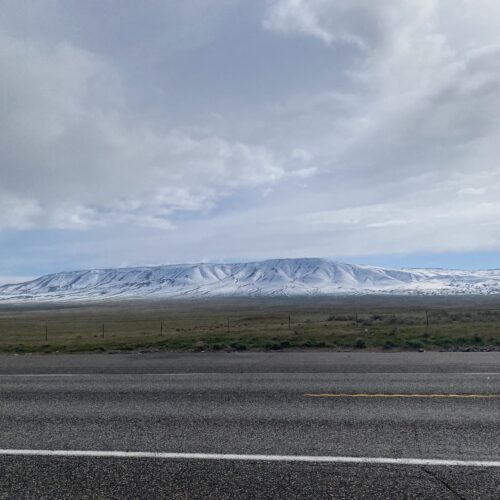
Hanford safety officer hired on by Yakama Nation
Rattlesnake Mountain on the Hanford site in 2022. The mountain is sacred to the Yakama Nation and other Northwest Indigenous tribes and bands near the Hanford site. (Credit: Anna King

